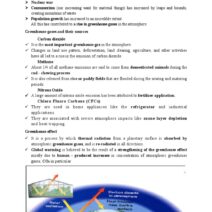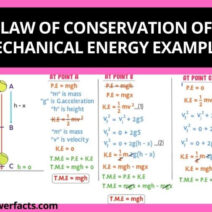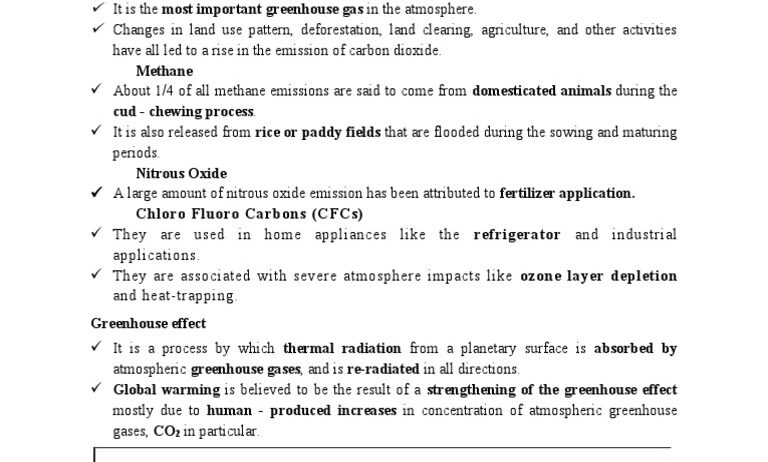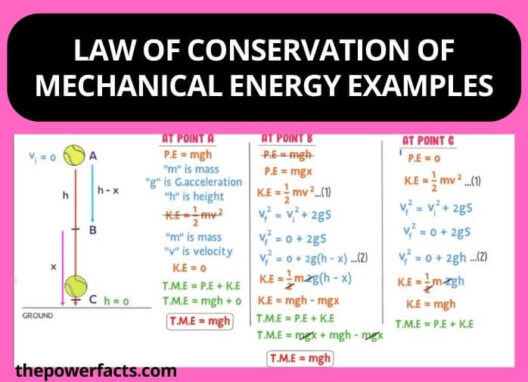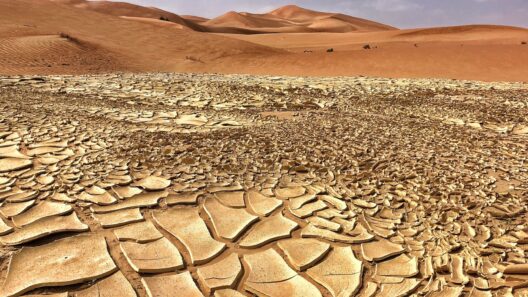Climate change has emerged as one of the most pressing challenges confronting humanity today. The intricate tapestry of its causes encompasses both natural phenomena and anthropogenic influences. Understanding the underlying factors contributing to climate change is crucial for formulating effective strategies to mitigate its impacts. This exploration delves into the myriad reasons behind climate change, elucidating the complex interplay of natural and human factors.
At the heart of climate change is the concept of Earth’s climate system, which is influenced by a variety of elements, including the atmosphere, oceans, land surfaces, and ice. The natural phenomena that reliably affect this system include solar radiation, volcanic eruptions, and ocean currents. But alongside these natural drivers, human activity has become an undeniable force reshaping the climate landscape.
To begin, solar radiation is a fundamental aspect contributing to the Earth’s temperature. Variations in solar output can impact climate on a broad scale. For example, solar cycles, which oscillate between periods of high and low solar activity, directly influence global temperatures. During periods of increased solar activity, more energy reaches the Earth’s surface, potentially causing warming. Nevertheless, these natural fluctuations tend to operate on decadal to millennial scales and are dwarfed by the rapid changes wrought by human hands.
Volcanic eruptions, while relatively infrequent, also play a significant role in fluctuating climate conditions. When large eruptions occur, they can spew vast quantities of ash and sulfur dioxide into the stratosphere, leading to temporary cooling as these particles reflect sunlight away from the Earth. However, this cooling is generally short-lived, lasting a few years, while the long-term trend underscores the alarming shift induced by human activities.
Another natural factor influencing climate is the variability of ocean currents. These currents act like global conveyor belts, distributing heat around the planet. Events such as El Niño and La Niña can lead to significant short-term variations in weather patterns and temperatures. El Niño, for example, contributes to warmer global temperatures and altered precipitation patterns. While these phenomena are natural, they interact with anthropogenic climate change, exacerbating its effects.
Transitioning to human factors, one of the most significant drivers of climate change is the increase in greenhouse gases (GHGs) due to industrialization, deforestation, and agricultural practices. The combustion of fossil fuels—coal, oil, and natural gas—releases carbon dioxide (CO2), one of the primary GHGs, into the atmosphere. This carbon is produced when these fuels are burned for electricity, transportation, and heating, leading to a gradual warming of the planet known as the greenhouse effect.
Notably, agriculture contributes substantially to GHG emissions, specifically methane and nitrous oxide. Methane is released during digestive processes in livestock and from decomposing organic matter, whereas nitrous oxide emanates from fertilized soils. These gases, while present in smaller quantities than CO2, have a significantly greater warming potential, making the agricultural sector a critical area of concern.
Deforestation is another major human influence exacerbating climate change. Trees serve as carbon sinks, absorbing CO2 from the atmosphere. When forests are cleared for agriculture, urban development, or logging, this carbon storage capability diminishes. Additionally, the act of cutting down trees releases stored carbon back into the atmosphere, further intensifying the greenhouse effect.
The industrial process itself is also a potent contributor to climate change. The manufacturing sector—ranging from the production of goods to construction—releases various pollutants, including GHGs. The quest for economic growth and resource consumption tends to overshadow the imperative of adopting sustainable practices, leading to ongoing environmental degradation.
Despite the daunting challenges presented by both natural and human factors driving climate change, the conversation does not conclude in pessimism. Understanding these causes opens the door for solutions. Transitioning to renewable energy sources, such as wind, solar, and hydroelectric power, presents a viable alternative to fossil fuels. Additionally, adopting practices like reforestation, permaculture, and sustainable farming can significantly reduce GHG emissions while enhancing biodiversity.
Moreover, enhancing energy efficiency in buildings, transportation, and industry can substantially lower carbon footprints. Innovations such as electric vehicles and public transportation can help shift individual reliance away from fossil fuels. Governments, businesses, and individuals can collaborate to spearhead a cultural shift toward sustainability.
These multifaceted efforts resonate with the recognition that climate change is not an isolated phenomenon. It is interconnected with issues of social justice, public health, and economic resilience. The understanding that collective responsibility is pivotal underscores the importance of advocacy, policy reform, and educational initiatives to promote environmentally conscious behaviors.
In conclusion, the intricate causes of climate change manifest from a complex interplay of natural phenomena and human activities. From solar radiation and ocean currents to greenhouse gas emissions and deforestation, the factors influencing our climate are diverse yet interconnected. Recognizing this multifaceted nature facilitates a shift in perspective towards actionable solutions. Through collaboration and sustainable innovation, humanity possesses the potential to address the climate crisis and pave the way for a more resilient future, one in which both the planet and its inhabitants can thrive.
